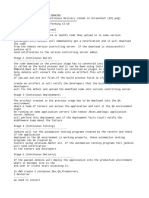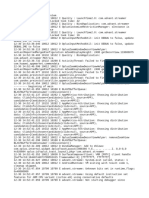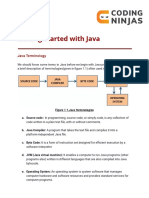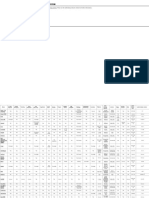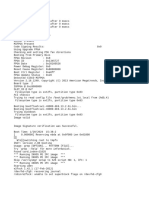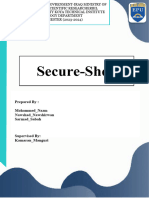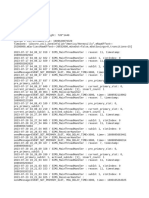0% found this document useful (0 votes)
104 views10 pagesJenkins StudentNotes
Jenkins is an open-source automation server that facilitates building, deploying, and automating projects through a wide range of plugins. The document covers key concepts such as Continuous Integration (CI), Continuous Delivery (CD), best practices for using Jenkins, installation and configuration steps, as well as user management and job execution. It emphasizes the importance of automation and collaboration in software development processes.
Uploaded by
sai CharanCopyright
© © All Rights Reserved
We take content rights seriously. If you suspect this is your content, claim it here.
Available Formats
Download as DOCX, PDF, TXT or read online on Scribd
0% found this document useful (0 votes)
104 views10 pagesJenkins StudentNotes
Jenkins is an open-source automation server that facilitates building, deploying, and automating projects through a wide range of plugins. The document covers key concepts such as Continuous Integration (CI), Continuous Delivery (CD), best practices for using Jenkins, installation and configuration steps, as well as user management and job execution. It emphasizes the importance of automation and collaboration in software development processes.
Uploaded by
sai CharanCopyright
© © All Rights Reserved
We take content rights seriously. If you suspect this is your content, claim it here.
Available Formats
Download as DOCX, PDF, TXT or read online on Scribd
/ 10

































